The Boss 429 was no ordinary Mustang—it was a street-legal NASCAR weapon. Ford built it to crush the competition, stuffing a massive 429-cubic-inch V8 under the hood of a Mustang, even though it barely fit. It wasn’t about convenience. It wasn’t about comfort. It was about power.
This car wasn’t meant for the average driver. It was loud, aggressive, and a handful to control. Ford had to rework the suspension, move the battery to the trunk, and tweak the chassis just to make it drivable. The result? One of the meanest Mustangs ever built.
Decades later, the Boss 429 is still a legend, a car that commands respect on the street, the track, and the auction block. Here’s why this Mustang isn’t just a Boss by name—it’s a Boss in every sense of the word.
It’s a Rare Breed
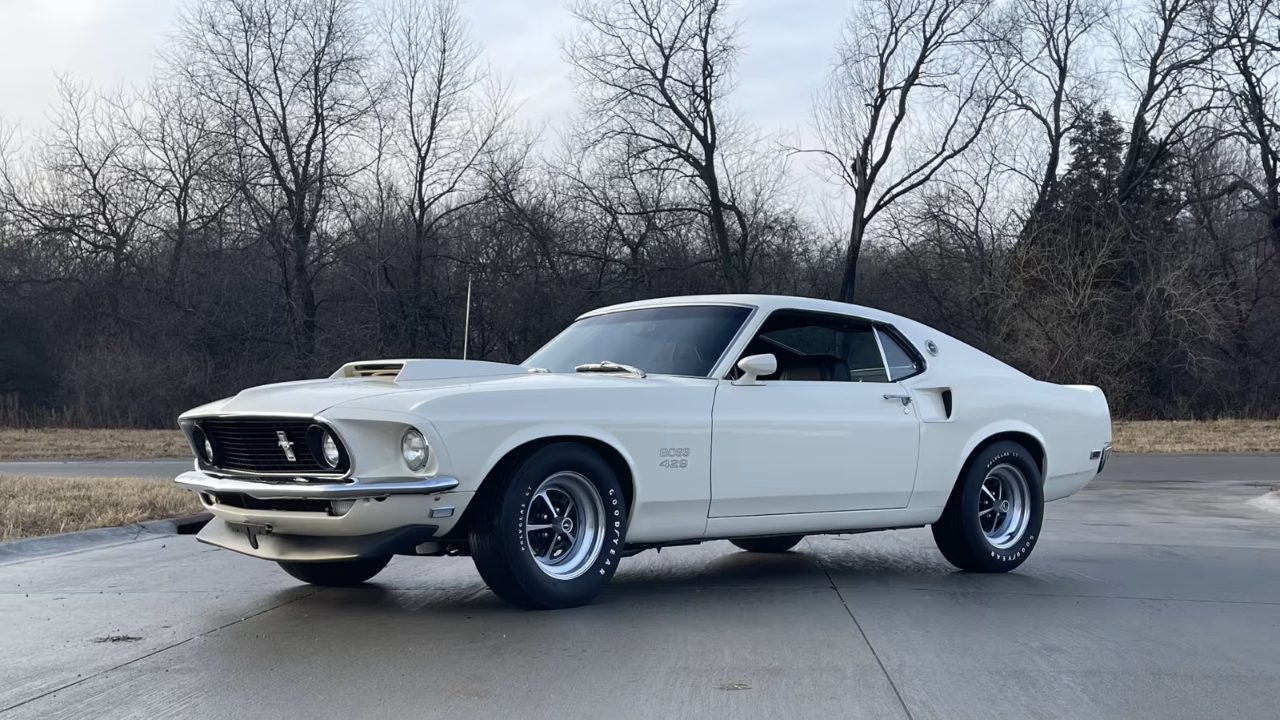
Not all muscle cars are created equal. The Boss 429 wasn’t just rare—it was built for a purpose. Ford needed to get its 429 cubic-inch V8 approved for NASCAR, but the rules said they had to sell at least 500 street-legal versions first. So instead of stuffing it into a Galaxie or Torino, Ford made a game-changing decision—they dropped it into a Mustang.
Production didn’t even happen at Ford’s regular facilities. Instead, Kar Kraft in Michigan handled the conversions, turning Cobra Jet Mustangs into street-legal NASCAR monsters. Only 1,358 Boss 429s were ever built—859 in ‘69 and 499 in ‘70—each one with a special “KK” serial number under the door. That makes it one of the rarest and most valuable Mustangs ever built.
The Engine Was Track-Bred
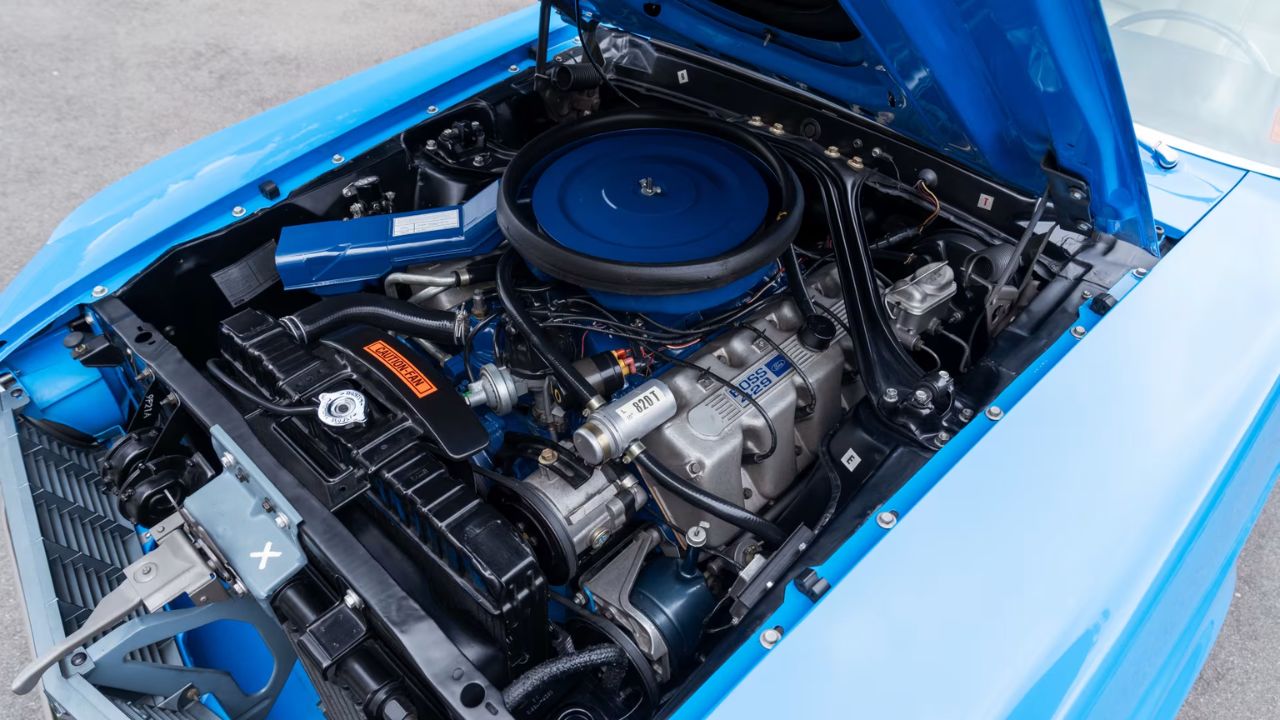
Ford didn’t just throw any big-block under the hood. The Boss 429’s V8 was a track-focused powerhouse designed to take on Chrysler’s legendary 426 HEMI. Built from the Ford 385 engine family, it had a forged steel crankshaft, high-strength connecting rods, and aluminum cylinder heads with an advanced dry-deck design that separated the coolant passages for the block and heads.
Fueling this beast was a massive 735 CFM Holley four-barrel carb, mounted on an aluminum intake manifold. The 1969 models came with a hydraulic lifter camshaft, while 1970 versions got a solid lifter cam and an improved dual exhaust system, making them even more aggressive. It was on the verge of being a full-blown race engine in street clothing.
It Has a Look That Means Business
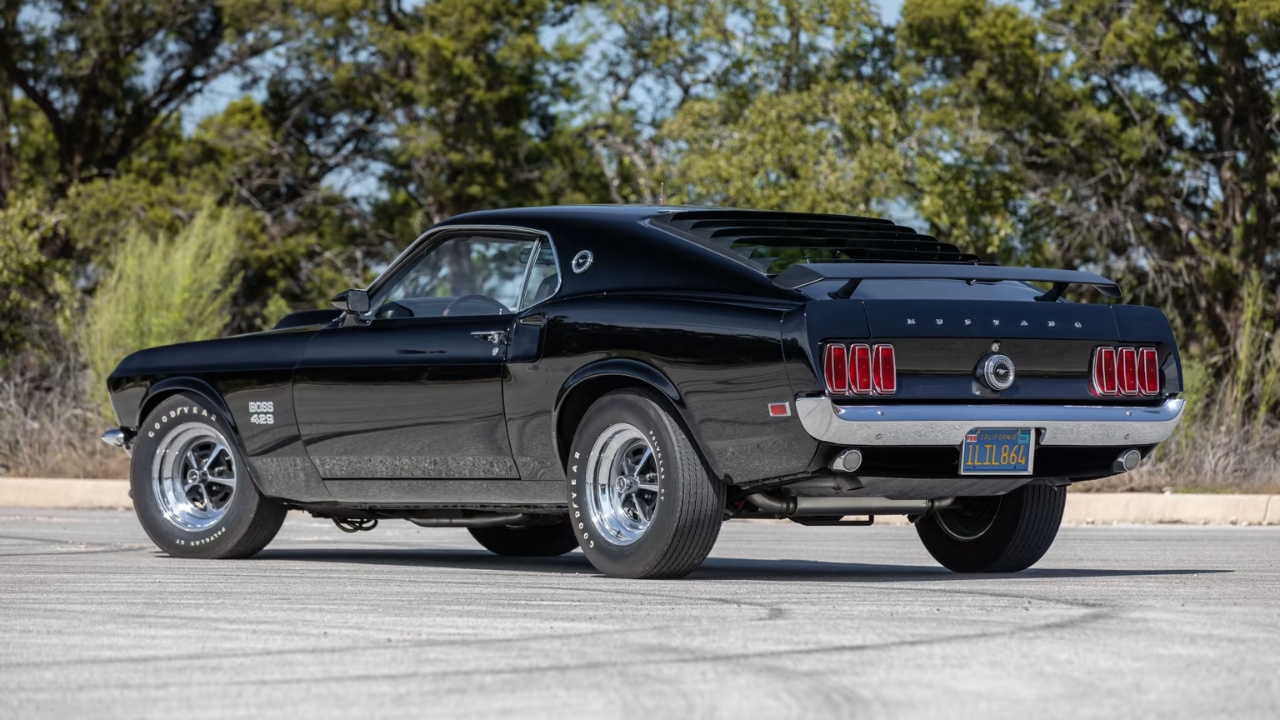
A standard first-gen Mustang already looks aggressive, but the Boss 429 looks like it just left the gym. The massive hood scoop isn’t just for show—it feeds air to the monster underneath. The wide stance, aggressive front splitter, and deep-set grille give it a menacing, no-nonsense look. Sitting on Goodyear-wrapped Magnum 500 wheels, it looks ready to light up the pavement at any second.
Ford had to make some serious changes to fit the 429 V8, like moving the battery to the trunk and using a smaller brake booster to clear the engine bay. The reinforced suspension and thicker rear anti-roll bar were necessities to keep this beast from overpowering itself. Every inch of the Boss 429 tells you exactly what it was built for: speed, power, and intimidation.
It Is the Top Stallion of Classic Mustangs
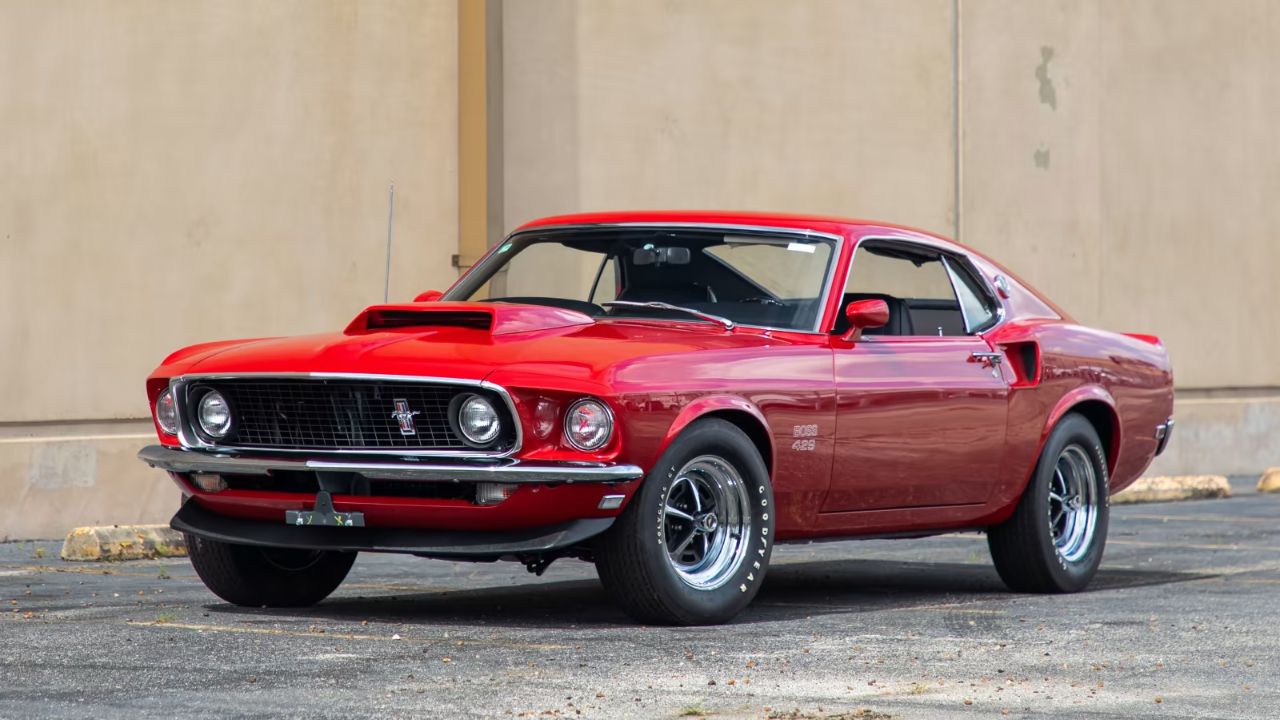
The Shelby GT350 and GT500 usually steal the spotlight when it comes to classic Mustangs, but if you’re looking for the ultimate factory-built Mustang, the Boss 429 sits at the top.
This wasn’t a Shelby-tuned Mustang. This was Ford, unleashing one of the most brutal big-blocks ever dropped into a muscle car. A NASCAR-ready race motor, a low-production run, and styling that looks like it’s ready to throw down at a stoplight make this Mustang one of the most desirable muscle cars of all time.
The First With a Rear Sway Bar
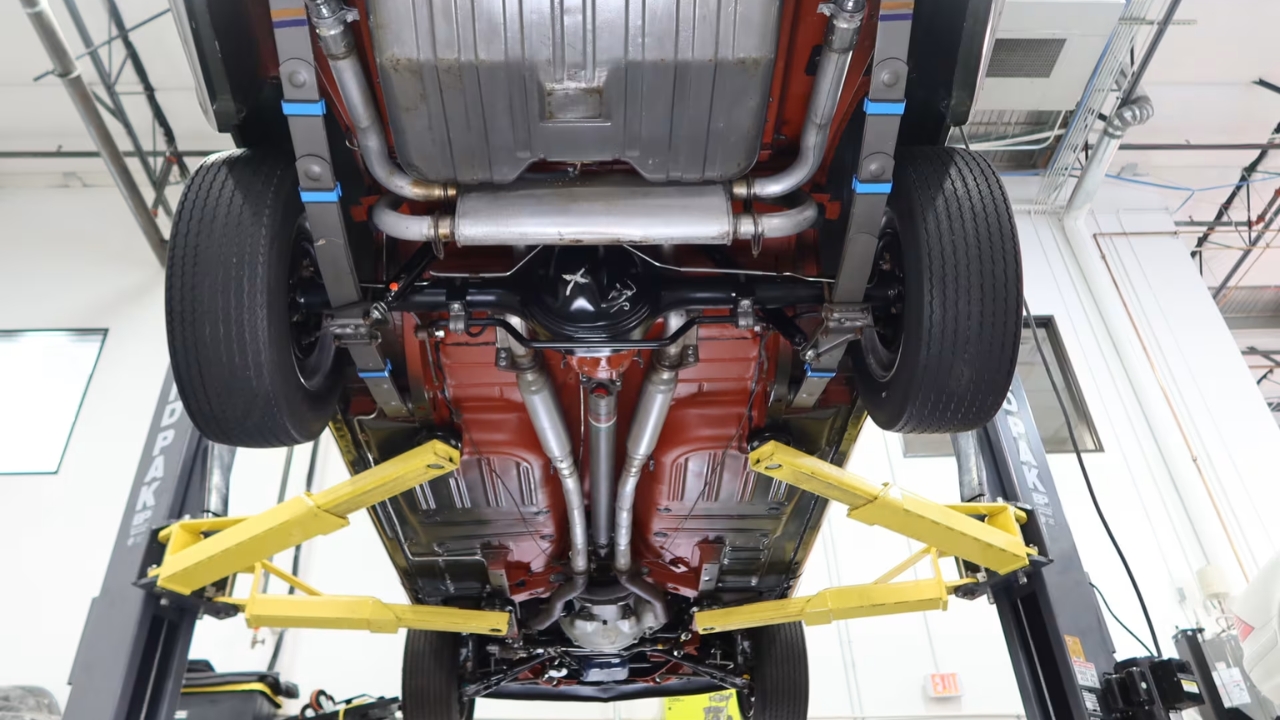
When you stuff a massive 429-cubic-inch V8 under the hood of a Mustang, weight distribution becomes a problem. Ford knew this beast needed more than just raw power—it needed control. That’s why the Boss 429 became the first Mustang to get a factory rear sway bar.
At 3/4 of an inch thick, the sway bar helped balance out the extra weight up front, reducing body roll and improving handling. Compared to other big-block Mustangs of the era, the Boss 429 actually felt composed in the corners instead of just being a straight-line missile. Ford may have built it for NASCAR, but this suspension tweak made it one of the most capable track-ready Mustangs of its time.
The Hood Scoop Was the Real Deal
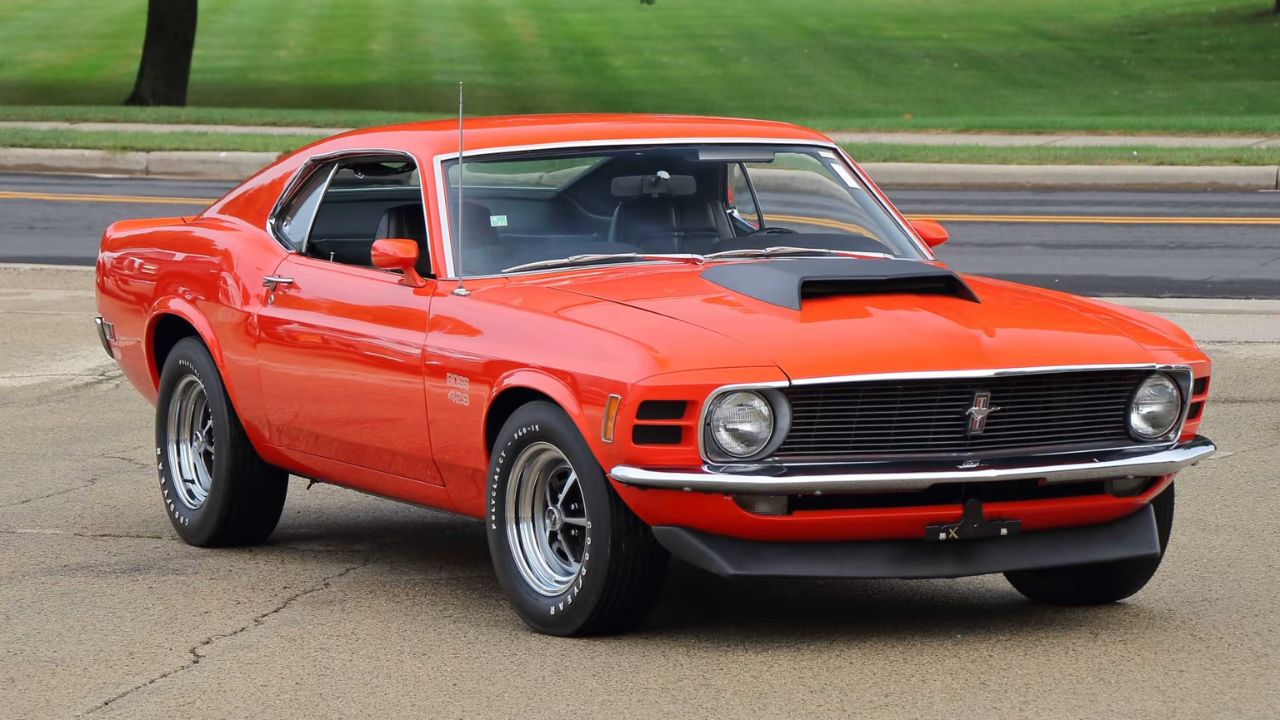
The Boss 429’s hood scoop was massive, fully functional, and controlled by the driver. That’s right—you could open and close it as needed, letting in cold air to feed the hungry 735 CFM Holley carburetor. More cold air meant a better fuel-air mix, and that meant more power.
For 1969, the scoop matched the body color, but in 1970, Ford blacked it out to make it look even more aggressive. To this day, it remains the largest hood scoop ever fitted to a Mustang from the factory. And let’s be honest—nothing says “get out of my way” like a giant air intake staring you down in the rearview mirror.
It’s Worth a Fortune
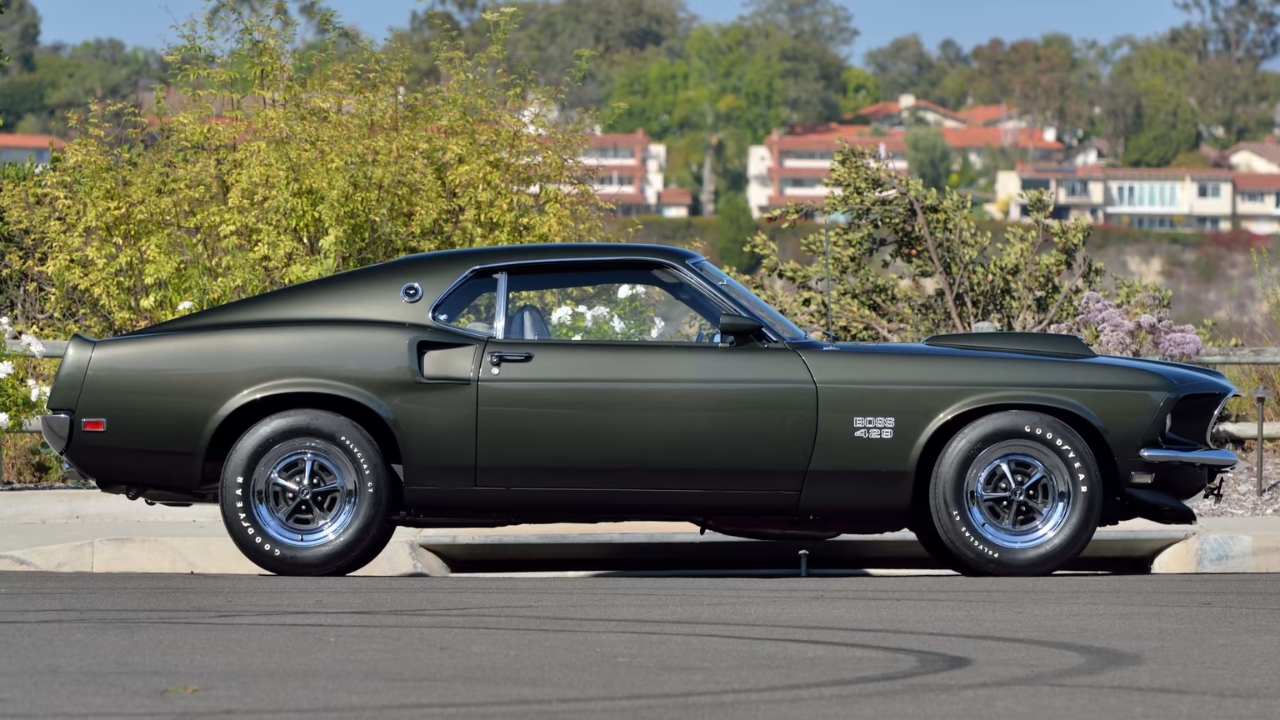
Back in 1969, a Boss 429 would set you back $4,740—a hefty price tag compared to the base Mustang’s $2,848. Fast forward to today? You’ll need deep pockets.
Finding a Boss 429 for sale is like hunting for buried treasure. When one does pop up, it’s never cheap. Prices routinely hit between $200,000 and $400,000, with rare examples going for even more. In 2007, Barrett-Jackson auctioned one for $605,000, and in June 2022, another sold for $442,000. And honestly? It’s worth every penny.
It Has the Iconic Hurst Shifter
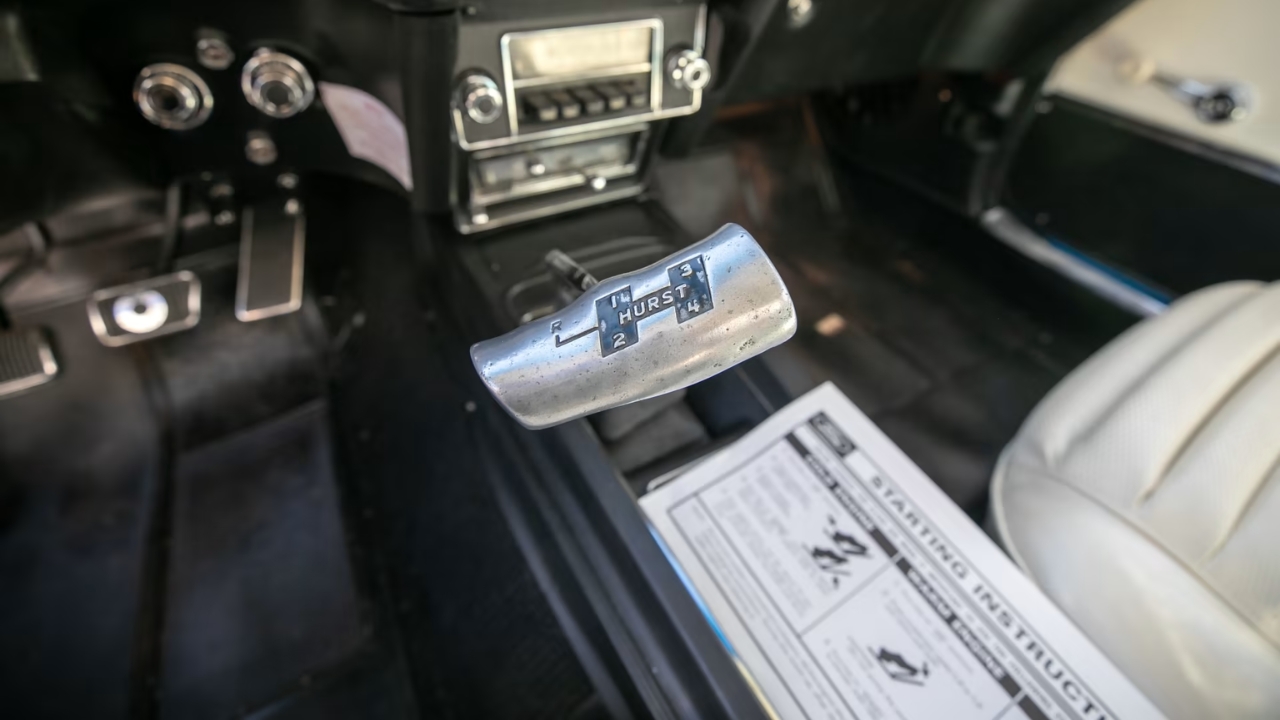
Nothing screams ‘60s muscle car like a Hurst shifter, and Ford knew it. While Hurst was more commonly seen in Pontiacs, Chevys, and Mopars, Ford decided to break tradition and slap one in the Boss 429. It was a clear message—this Mustang was built for serious business.
The Hurst shifter wasn’t just about looks. It gave the Boss precise, short throws, making it easier to bang through the gears while wrangling all that big-block power. In an era when muscle cars were raw, aggressive, and built to be driven hard, having a Hurst stick in your hand meant you weren’t just cruising—you were commanding the beast.
14 Second Quarter Mile in Stock Form
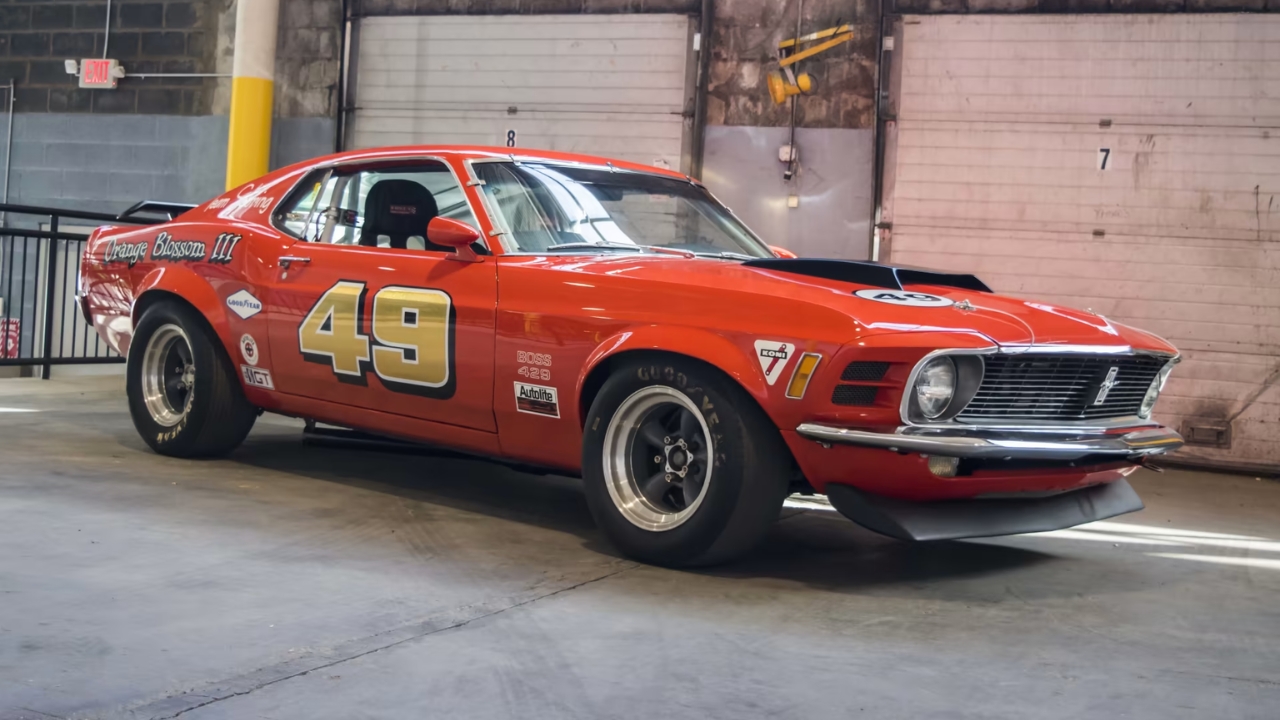
Muscle car manufacturers were notorious for playing games with horsepower numbers, but one thing Ford didn’t exaggerate? The Boss 429’s speed. The Boss 429 made enough power to humble just about anything that lined up next to it. 50 years later, it’s still one of the baddest Mustangs ever built.
In July 1969, Car Life magazine took a bone-stock Boss 429 to the track and clocked a 14.09-second quarter mile. For the time, that was blisteringly fast, putting it in the same league as the era’s top muscle cars. With a few minor tweaks and a good set of tires it could drop that time into the 12s.
Elegant Interior
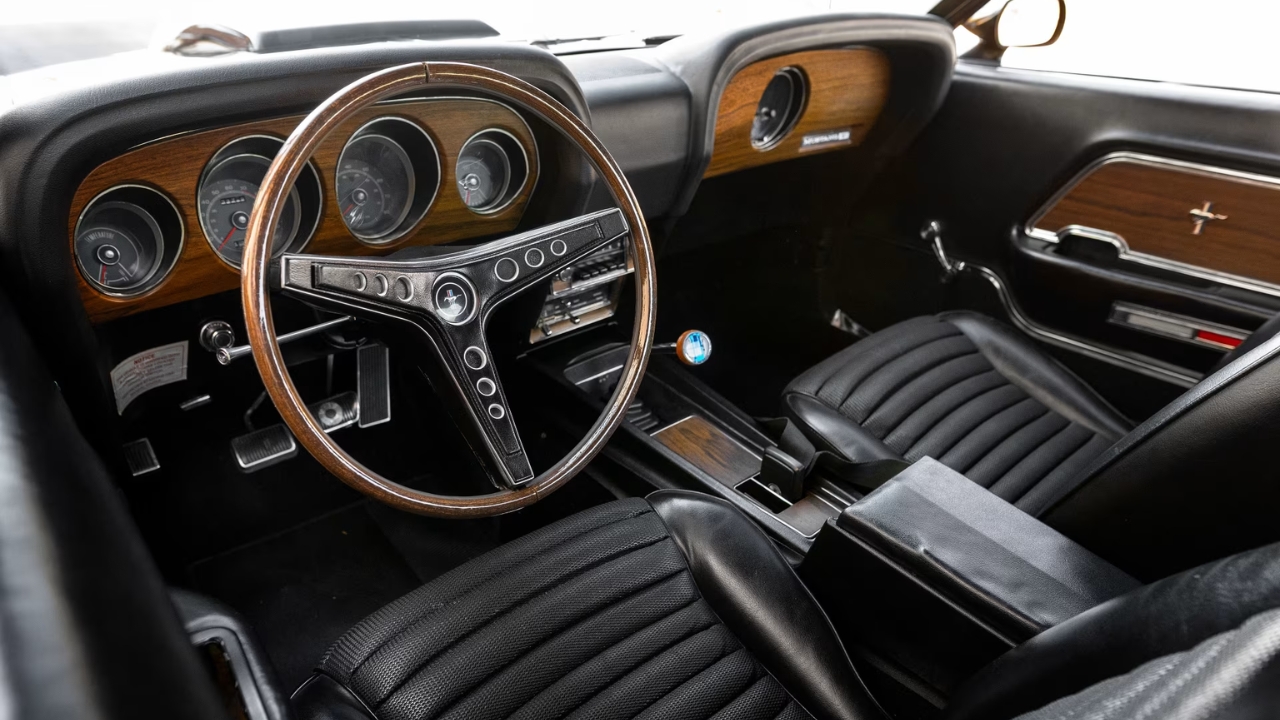
The Boss 429 didn’t need flashy gimmicks to make a statement. The interior was all business, with enough elegance to remind you this was still a Mustang. Customers could opt for wood trim that stretched across the dash, along with a wood-rimmed steering wheel that gave it a touch of class.
The gauge cluster was minimal but effective—four dials, with the speedometer and tachometer taking center stage. Over on the passenger side, a simple round clock was set into the woodgrain panel. Bucket seats wrapped in leather, chrome-trimmed gauges, and a functional center console made it a comfortable place to sit—when you weren’t too busy launching this thing down the quarter-mile.
*This article was developed with AI-powered tools and has been carefully reviewed by our editors.

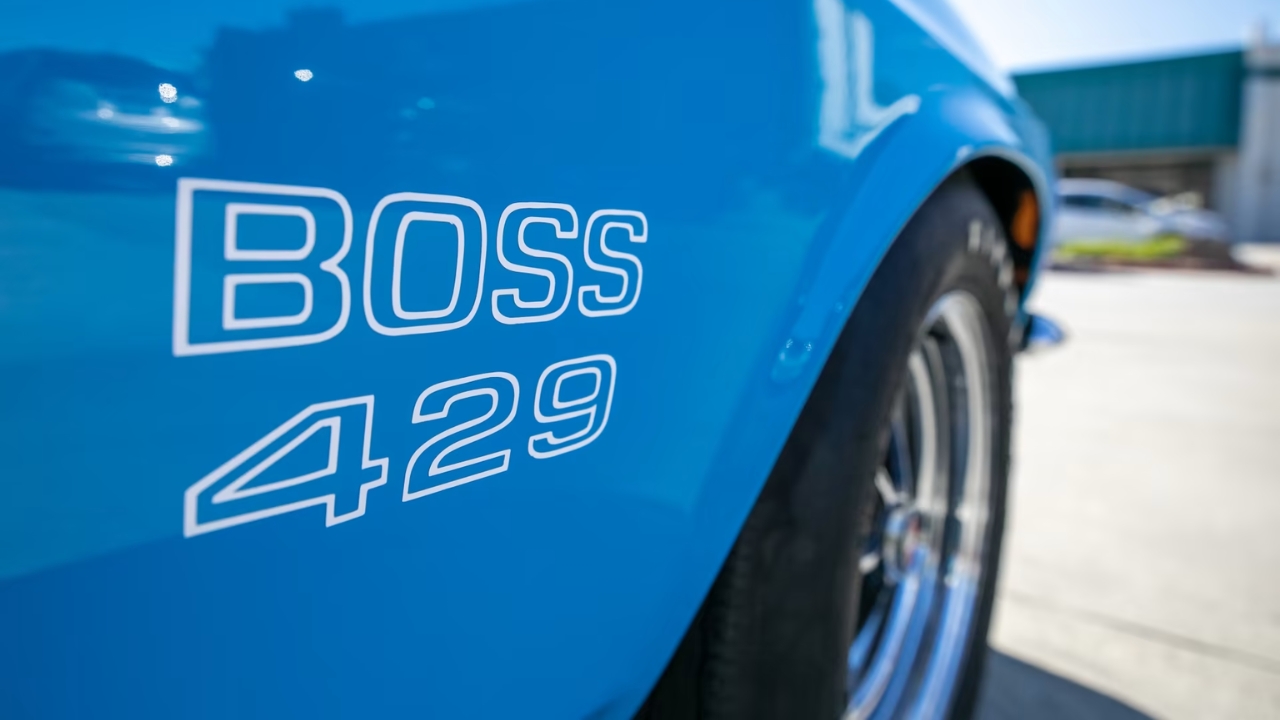
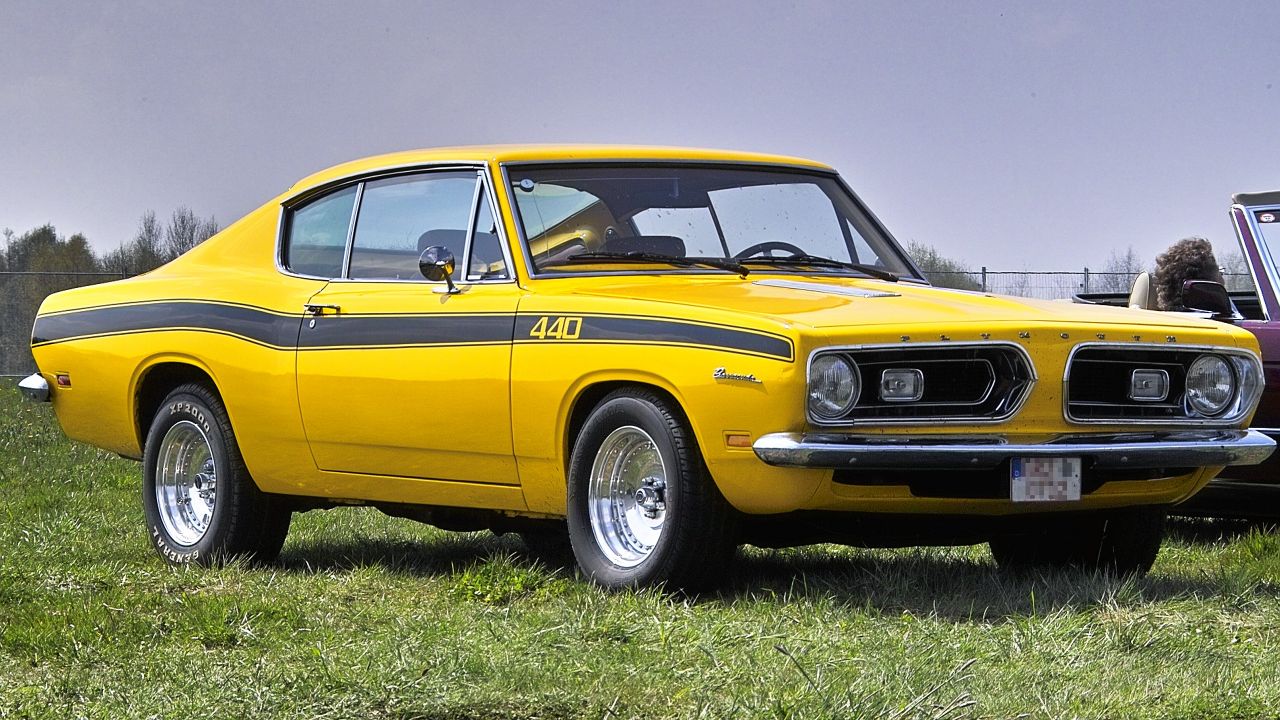
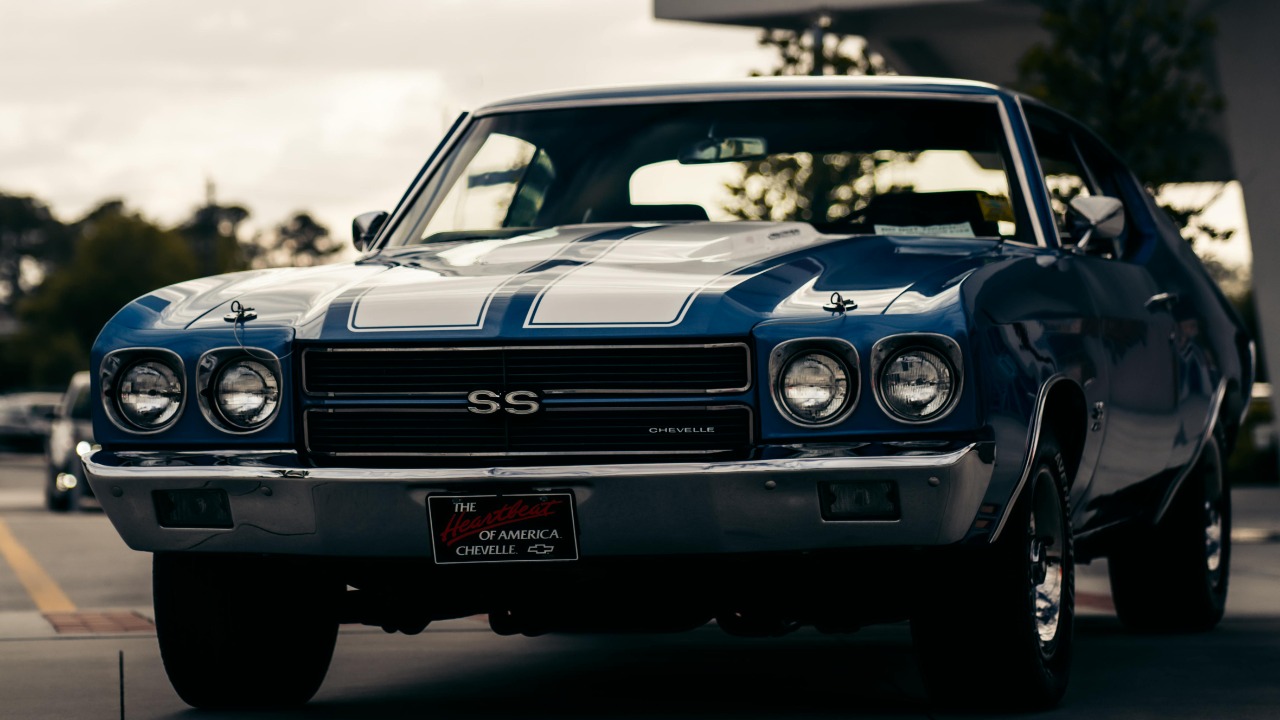
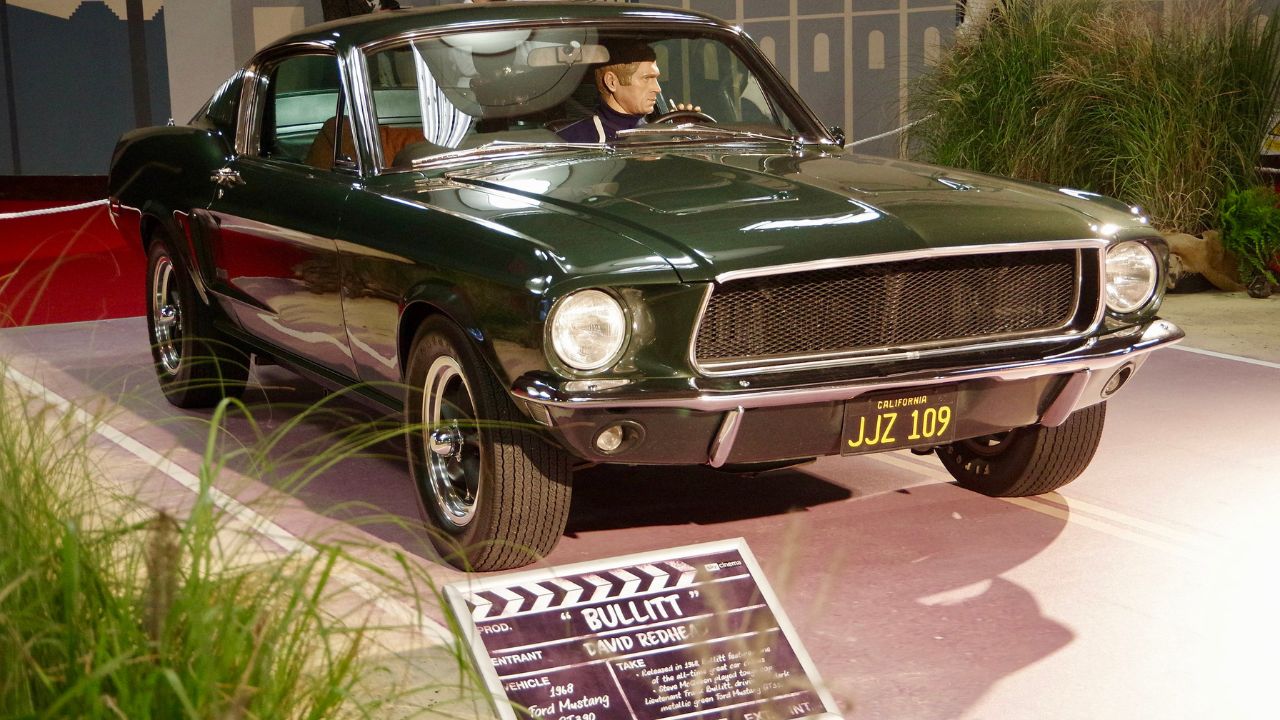
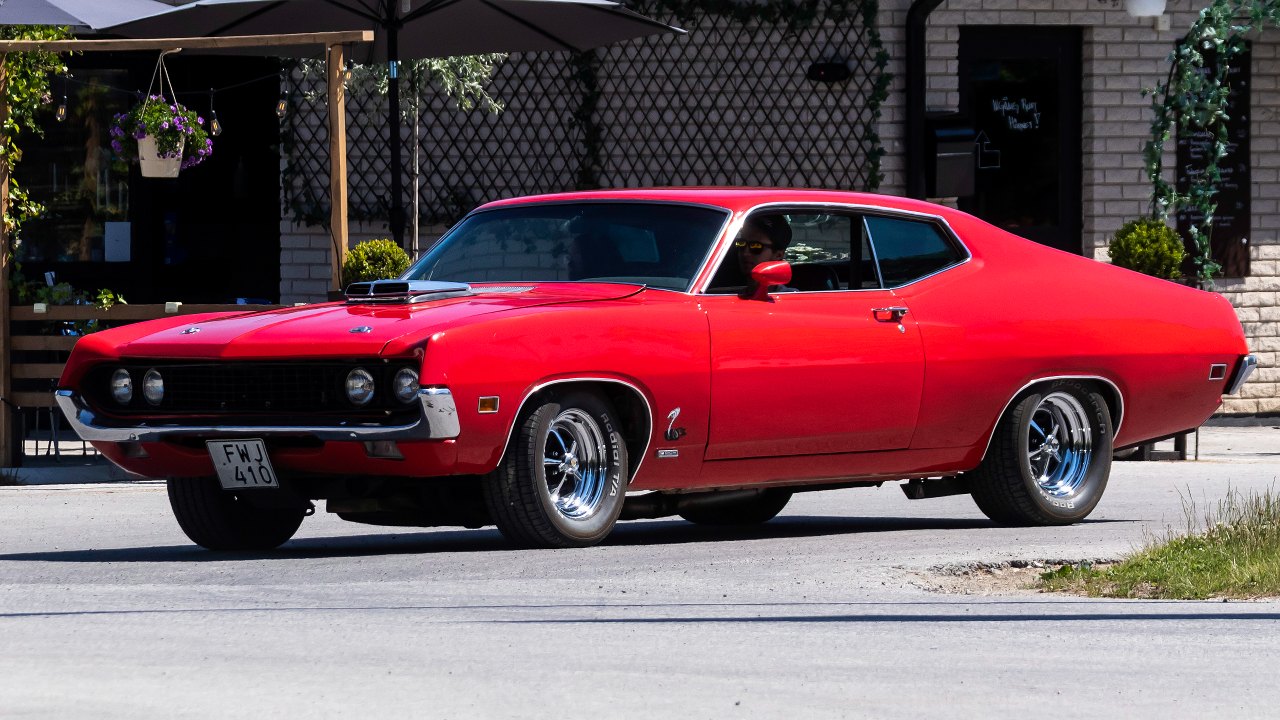
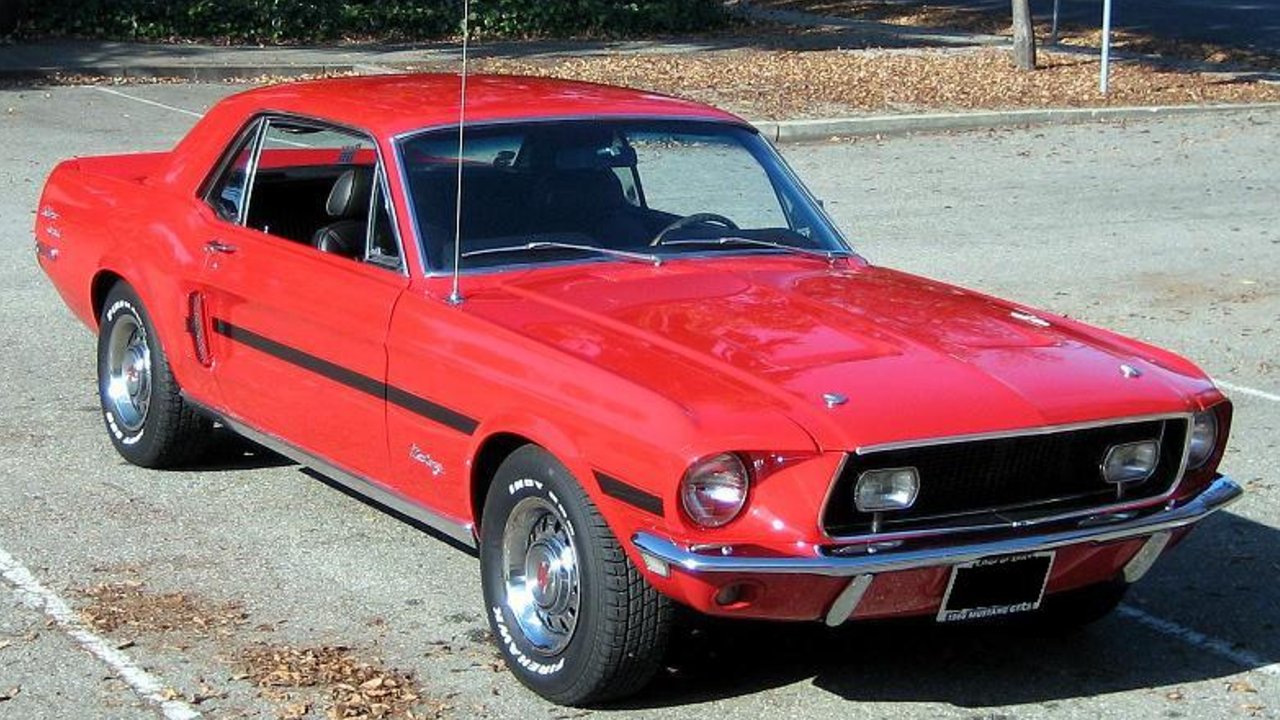
Leave a Reply